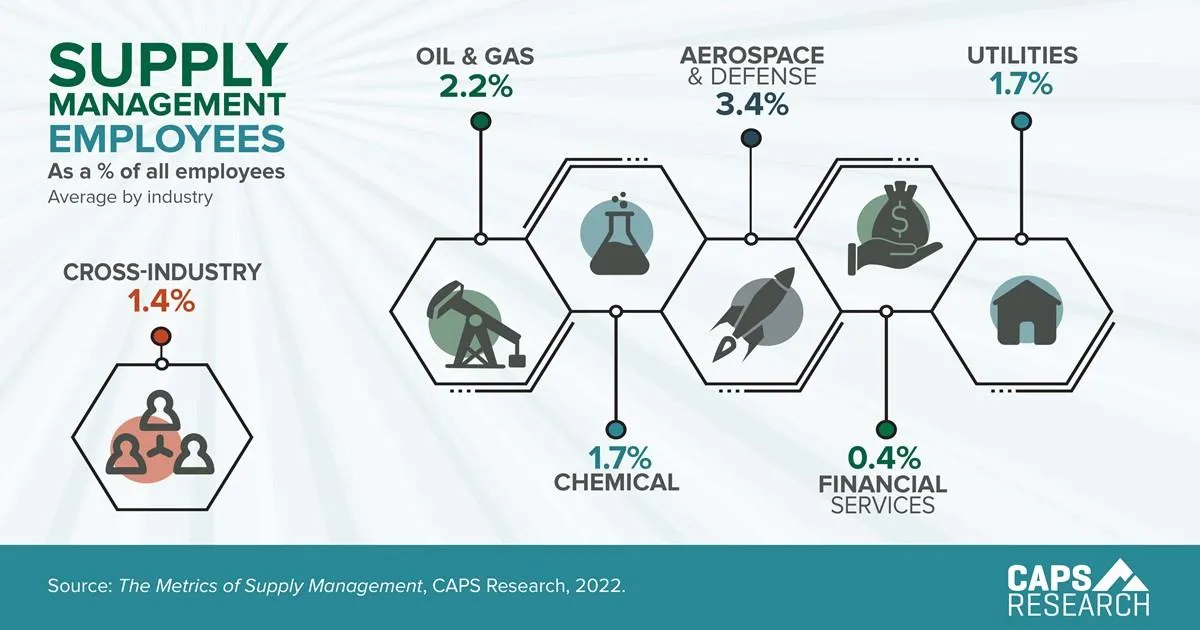
Welcome to Seiersen Enterprises
E
Enjoy our blogs here
Sustainable Supply Chain Value Through the Right Deals with the Right Trading Partners
Digitizing the Supply Chain
Check out my blogs on Linkedin: https://www.linkedin.com/in/nicholasseiersen/recent-activity/articles/
Trust & Trading Relationships

Are you efficient?
Do you get the job done quickly, predictably and properly? Benchmarking is one way to get a perspective on this. I think of benchmarking in three phases – numeric benchmarking using data from sources like Hackett, APQC or along a different dimension, ISM/AT Kearney ROSMA, Capability Maturity assessments or implementation of best practices, and finally peer deep dive comparisons (where you select someone who is doing the thing you want to work on really well, and you visit to understand how they did it, what they learned, and what you can learn from them.
But there are many procurement organizations that fail in the eyes of their “customers” simply because they are not setting expectations. So many users ask “why does it take them so long?” and “how come they never finish on time?” when the time needed has never been discussed nor agreed. Without understanding the various steps and dependencies, most users cannot believe it generally takes 2 to 3 months to complete a successful simple competitive procurement all the way to an executed contract. Once joint planning has outlined the steps and sign-offs required, the user has ownership of the schedule and their role in it. And they appreciate that their requirements can drag on the process.
By using a set of standard terms and conditions, through an established process, the requirements for management and legal review can be greatly reduced, and the process can proceed faster and with less effort. Contracting must nonetheless remain flexible to make sure the right deal is entered into with the right supplier, and most importantly, that the deal serves the business’s strategy.
Data Quality

Are you efficient?
Do you get the job done quickly, predictably and properly? Benchmarking is one way to get a perspective on this. I think of benchmarking in three phases – numeric benchmarking using data from sources like Hackett, APQC or along a different dimension, ISM/AT Kearney ROSMA, Capability Maturity assessments or implementation of best practices, and finally peer deep dive comparisons (where you select someone who is doing the thing you want to work on really well, and you visit to understand how they did it, what they learned, and what you can learn from them.
But there are many procurement organizations that fail in the eyes of their “customers” simply because they are not setting expectations. So many users ask “why does it take them so long?” and “how come they never finish on time?” when the time needed has never been discussed nor agreed. Without understanding the various steps and dependencies, most users cannot believe it generally takes 2 to 3 months to complete a successful simple competitive procurement all the way to an executed contract. Once joint planning has outlined the steps and sign-offs required, the user has ownership of the schedule and their role in it. And they appreciate that their requirements can drag on the process.
By using a set of standard terms and conditions, through an established process, the requirements for management and legal review can be greatly reduced, and the process can proceed faster and with less effort. Contracting must nonetheless remain flexible to make sure the right deal is entered into with the right supplier, and most importantly, that the deal serves the business’s strategy.
Other Supply Chain Topics

Are you efficient?
Do you get the job done quickly, predictably and properly? Benchmarking is one way to get a perspective on this. I think of benchmarking in three phases – numeric benchmarking using data from sources like Hackett, APQC or along a different dimension, ISM/AT Kearney ROSMA, Capability Maturity assessments or implementation of best practices, and finally peer deep dive comparisons (where you select someone who is doing the thing you want to work on really well, and you visit to understand how they did it, what they learned, and what you can learn from them.
But there are many procurement organizations that fail in the eyes of their “customers” simply because they are not setting expectations. So many users ask “why does it take them so long?” and “how come they never finish on time?” when the time needed has never been discussed nor agreed. Without understanding the various steps and dependencies, most users cannot believe it generally takes 2 to 3 months to complete a successful simple competitive procurement all the way to an executed contract. Once joint planning has outlined the steps and sign-offs required, the user has ownership of the schedule and their role in it. And they appreciate that their requirements can drag on the process.
By using a set of standard terms and conditions, through an established process, the requirements for management and legal review can be greatly reduced, and the process can proceed faster and with less effort. Contracting must nonetheless remain flexible to make sure the right deal is entered into with the right supplier, and most importantly, that the deal serves the business’s strategy.
Office: Sidney, BC
Canada
Call 647-299-8360
Email:nick@seierseninc.com
Site: www.seierseninc.com

